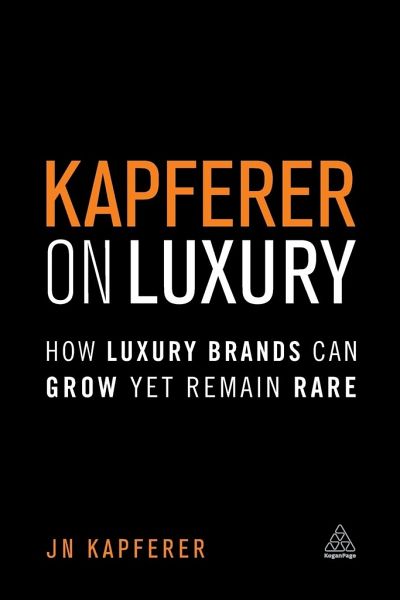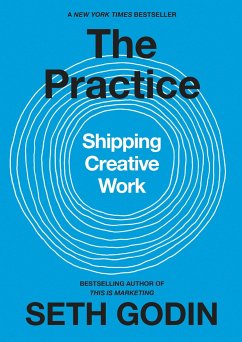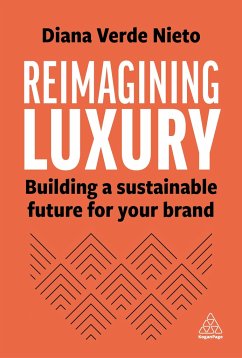
Kapferer on Luxury
How Luxury Brands Can Grow Yet Remain Rare

PAYBACK Punkte
15 °P sammeln!
Get expert insight into the unique challenges faced by the luxury sector and learn how to tackle them with this authoritative guide to luxury branding.














